Michael Artman, D. Woodrow Benson, Deepak Srivastava, Makoto Nakazawa1-4051-3128-4, 978-1-4051-3128-5
Table of contents :
Cardiovascular Development and Congenital Malformations : Molecular & Genetic Mechanisms……Page 1
Contents……Page 7
Foreword……Page 13
Contributors……Page 15
Editorial perspective……Page 27
1. Microenvironment provides left–right instructions to migrating precardiac mesoderm……Page 29
2. Calmodulin–inv protein interaction and left–right determination……Page 32
3. Misexpression of upstream laterality genes on downstream mechanisms of heart looping: a flectin perspective……Page 36
4. Pleiotropic effects of Pitx2 isoform c on morphogenesis in the mammalian heart……Page 40
5. Signal transduction during cardiac myofibrillogenesis and looping……Page 43
6. Biological role of fibulin-2 in cardiovascular development……Page 46
Editorial perspective……Page 51
7. TBX5 regulates cardiac cell behavior during cardiogenesis……Page 53
8. Cardiac homeobox protein Csx/Nkx2.5 and its associated proteins……Page 57
9. Regulation of myocardium formation after the initial development of the linear heart tube……Page 63
10. The role of the extracellular matrix (ECM) in cardiac development……Page 67
11. Teratogenic effects of bis-diamine on the developing myocardium……Page 70
12 Proliferative responses to myocardial remodeling in the developing heart……Page 73
Editorial perspective……Page 79
13. TGFB signaling during atrioventricular cushion transformation……Page 81
14. The endocardium as a unique modulator of in utero cardiovascular form and function……Page 85
15. Valvulogenesis: role of periostin in cushion tissue differentiation……Page 88
16. Role of fibroblast growth factors in early valve leaflet formation……Page 92
17. Msx1 expression during chick heart development: possible role in endothelial–mesenchymal transformation during cushion tissue formation……Page 95
Editorial perspective……Page 99
18. Tbx5 specifies the left/right ventricles and ventricular septum position during cardiogenesis……Page 101
19. Transcriptional regulation of ventricular morphogenesis……Page 104
20. Fgf10 and the embryological origin of outflow tract myocardium……Page 107
21. Evolutionary conservation of atrial natriuretic factor (Anf) expression, cardiac chamber formation, and the heart-forming region……Page 110
Editorial perspective……Page 115
22. Induction and patterning of the impulse conducting Purkinje fiber network……Page 117
23. Spatial correlation of conduction tissue in the ventricular trabeculae of the developing zebrafish……Page 121
24. Development of the cardiac conduction system and contribution of neural crest and epicardially derived cells……Page 124
25. The development of the cardiac conduction system: an old story with a new perspective……Page 127
26. The role of calreticulin in cardiac development and function……Page 131
Editorial perspective……Page 133
27. Development of proximal coronary artery in quail embryonic heart……Page 135
28. Possible roles of the extracellular matrix in coronary vasculogenesis of mouse……Page 138
29. Abnormal coronary development in bis-diamine treated embryo……Page 142
Editorial perspective……Page 145
30. Deciphering the basis for congenital heart defects using a mouse model of Holt–Oram syndrome……Page 147
31. The role of the transcriptional co-repressor FOG-2 in cardiac development……Page 151
32. Molecular mechanisms regulating tissue-specific expression of Tbx1……Page 154
33. Tbx1 and DiGeorge syndrome: a genetic link between cardiovascular and pharyngeal development……Page 158
34. New insights into the role of Tbx1 in the DiGeorge mouse model……Page 161
Editorial perspective……Page 163
35. Sdf1/CxcR4 chemotaxis is disrupted within the splotch mouse mutant cardiovascular system……Page 167
36. Differences in migration and differentiation capacities of early-and late-migrating cardiac neural crest cells……Page 171
37. TGFB2 does not affect neural crest cell migration but is a key player in vascular remodeling during embryogenesis……Page 174
38. Neural crest cells contribute to heart formation and cardiomyogenesis in zebrafish……Page 176
Editorial perspective……Page 179
39. Outflow tract remodeling – a role for tissue polarity?……Page 181
40. Hdf-affected gene fragment revealed by subtraction study of Hdf (heart defect) mouse……Page 184
Editorial perspective……Page 187
41. Imaging of heart development in embryos with magnetic resonance microscopy……Page 189
Editorial perspective……Page 193
42. Shear stress in the developing cardiovascular system……Page 195
43. Quantitative analysis for stretch-induced cytoskeletal remodeling in endothelial cells……Page 200
44. Differential effects of cyclic stretch on embryonic ventricular cardiomyocyte and non-cardiomyocyte orientation……Page 203
45. Physiology and biomechanics of developing cardiovascular systems: expanding frontiers……Page 206
46. Three-dimensional fiber architecture of the embryonic left ventricle during normal development and reduced mechanical loa……Page 212
47. Changes in cardiac excitation–contraction coupling during mammalian development: implications for regulation of contractile function……Page 216
48. Role of the sodium–calcium exchanger (Ncx-1) within Splotch (Sp2H ) myocardial failure……Page 219
49. Sarcolipin, a novel regulator of calcium cycling, is preferentially expressed in the murine and human atrium……Page 222
50. Developmental aspects of cardiac sensitivity to oxygen deprivation: protective mechanisms in the immature heart……Page 225
Editorial perspective……Page 231
51. A comprehensive model for O2 constriction in the human ductus arteriosus……Page 233
52. Pharmacological manipulation of the fetal ductus arteriosus in the rat……Page 237
53. Constriction of ductus arteriosus by selective inhibition of cyclooxygenase-1 and -2……Page 241
54. Synergistic constriction of ductus arteriosus by indomethacin and dexamethasone in fetal rats……Page 245
Editorial perspective……Page 249
55. Prevalence of congenital heart diseases in the Czech Republic……Page 251
56. Gene–environment interactions in congenital heart disease: an epidemiological perspective……Page 254
57. Familial recurrence risks of congenital heart defects……Page 258
58. T-box gene family and congenital cardiovascular anomalies……Page 261
59. Deciphering the genetic etiology of conotruncal defects……Page 264
60. Cardiovascular anomalies in patients with deletion 22q11.2: a multi-center study in Korea……Page 268
61. Atrioventricular canal defect: anatomical and genetic characteristics……Page 270
62. A genetic approach to hypoplastic left heart syndrome……Page 274
63. Char syndrome and TFAP2B mutations……Page 279
64. The genetic origin of atrioventricular conduction disturbance in humans……Page 286
65. Noonan syndrome and PTPN11 mutations……Page 289
66. Missense mutations in the PTPN11 as a cause of cardiac defects associated with Noonan syndrome……Page 299
67. Novel gene mutations in patients with left ventricular noncompaction and evidence for genetic heterogeneity……Page 303
68. Mitochondrial 16189 DNA variant and left ventricular hypertrophy in diabetes mellitus……Page 305
69. Mutation analysis of BMPR2 and other genes in Japanese patients with pediatric primary pulmonary hypertension……Page 308
70. Pathophysiology of Williams syndrome arteriopathy……Page 311
Index……Page 313
Color plate……Page 319
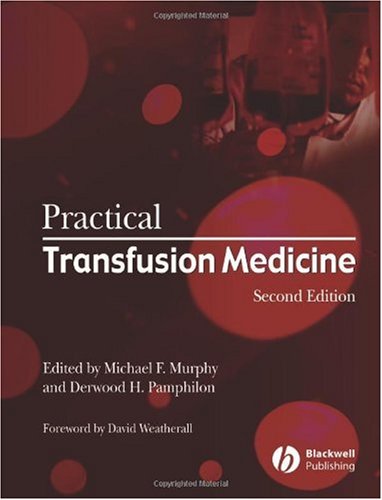
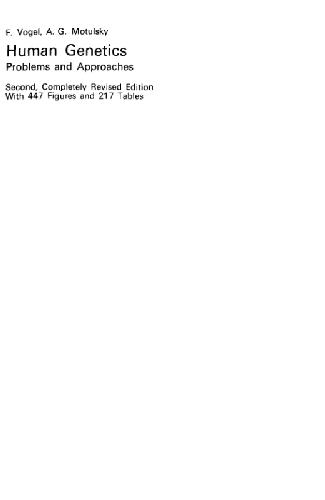
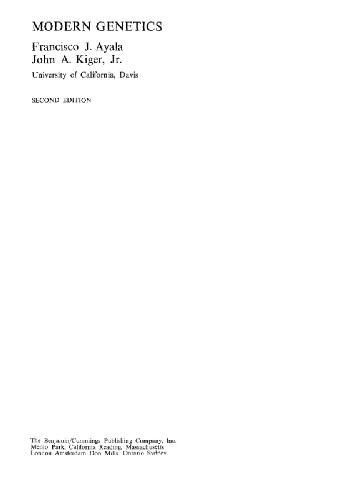

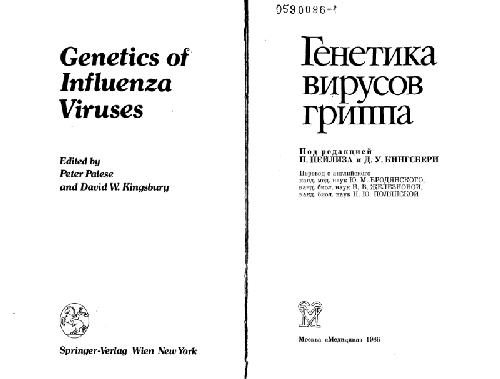
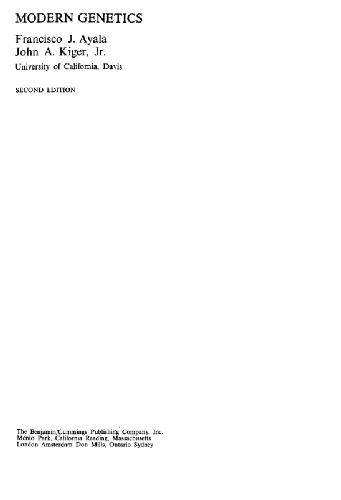
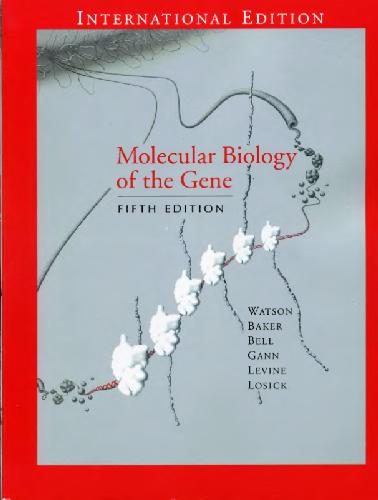
Reviews
There are no reviews yet.